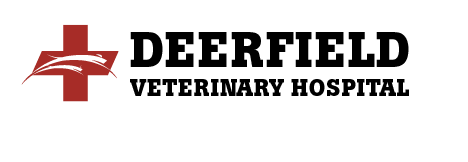Anesthesia Recovery

If your pet received an anesthetic earlier in the day, it may be slightly woozy at the time of discharge. This is a normal side effect of the medications and anesthesia used during the procedure.
Keep your pet quiet for the first few hours after arriving home. After being home for about an hour, you may offer your pet a small amount of water. Watch for any vomiting after this initial water offering. If there has been no vomiting during the following hour, then you can offer more water and about half the normal dinner ration. If your pet vomits the initial water offering, withhold all food and water until the next morning. Your pet should be able to eat and drink normally by then. Return your pet to its regular routine and feeding schedules the day after surgery, unless otherwise instructed.
Keep your pet at a comfortable temperature on the day of its surgery. Pets who have had general anesthesia have a harder time regulating their body temperatures. It is easier for them to get overheated or chilled, so it’s best to keep your pet inside on the day and night of surgery.
Suture Care
Your pet may want to lick and clean the surgery site. A little investigation of the area is normal. However, continuous licking can be harmful, so if you notice an excessive amount of chewing or licking, please call us. We may need to place an e-collar on your pet.
Be sure to check the surgery area daily. Slight discoloration and clear discharge from the incision may be normal. If you notice bleeding, swelling, or colored discharge from the incision, please call our pet clinic. If sutures are present, we must remove them within 7 – 10 days. Routine spay and neuter surgeries usually have subcuticular (under the skin) sutures that are absorbable and do not require removal.
If you have any other concerns after your pet wakes from anesthesia, please don’t hesitate to reach out to us. Our veterinary team is here to help ensure a safe recovery for your loved one.


